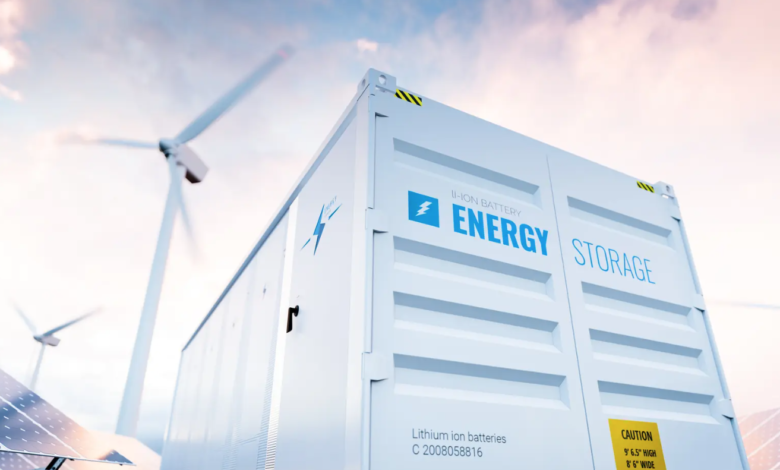Born Supercharger Battery Storage, to push the stationary accumulation
3 Pillars: standards, production, funding
(sustainabilityenvironment.com) – The first proposal was formulated at the beginning of the year at the meeting in Rio, but for the actual launch, the Clean Energy Ministerial (CEM) waited for COP 28 in Dubai. This is how, on the sidelines of the climate change summit, Supercharger Battery Storage officially debuted, a new initiative to promote and develop stationary battery storage. The project brings together Australia and the European Commission, with the participation of Canada and the United States, organizing work on three pillars: legislation and policies; production and supply chain; and funding. But to understand the final goals it is useful to provide some context.
The Clean Energy Ministerial is a high-level global forum created to promote policies and programs that advance clean energy technologies, sharing lessons learned and best practices, and encouraging transition. In practice, EMC functions as a kind of convocation, action and acceleration. The initiatives taken by the forum are based on areas of common interest between participating governments and other stakeholders, from companies to international experts, but always maintaining an inclusive approach aimed at the whole of society.
How to support stationary battery storage
The new initiative on stationary battery storage aims to develop and implement network storage and reduce technological costs, through international cooperation, alignment and implementation of a “Diversified, sustainable, responsible, secure and transparent supply chain“. Speaking on behalf of the European Union, the Director-General for Energy, Ditte Juul Jõrgensen, stressed that the EU’s progress on energy storage, on the electricity markets and their global supply chains are well aligned with the initiative. It also clarified the EU’s commitment to working with key partners to promote battery storage to triple the renewable capacity installed worldwide.
The initiative sets precise targets, starting with the integration of stationary battery storage in regulatory frameworks and decarbonization policies. But it also aims to promote recycling and recovery of materials to improve the supply chain and to develop supply chains for alternative and cheaper batteries. Leveraging policies and regulations to improve technological diversification, ESG accountability, safety, cost reduction and affordability of stationary storage solutions.






